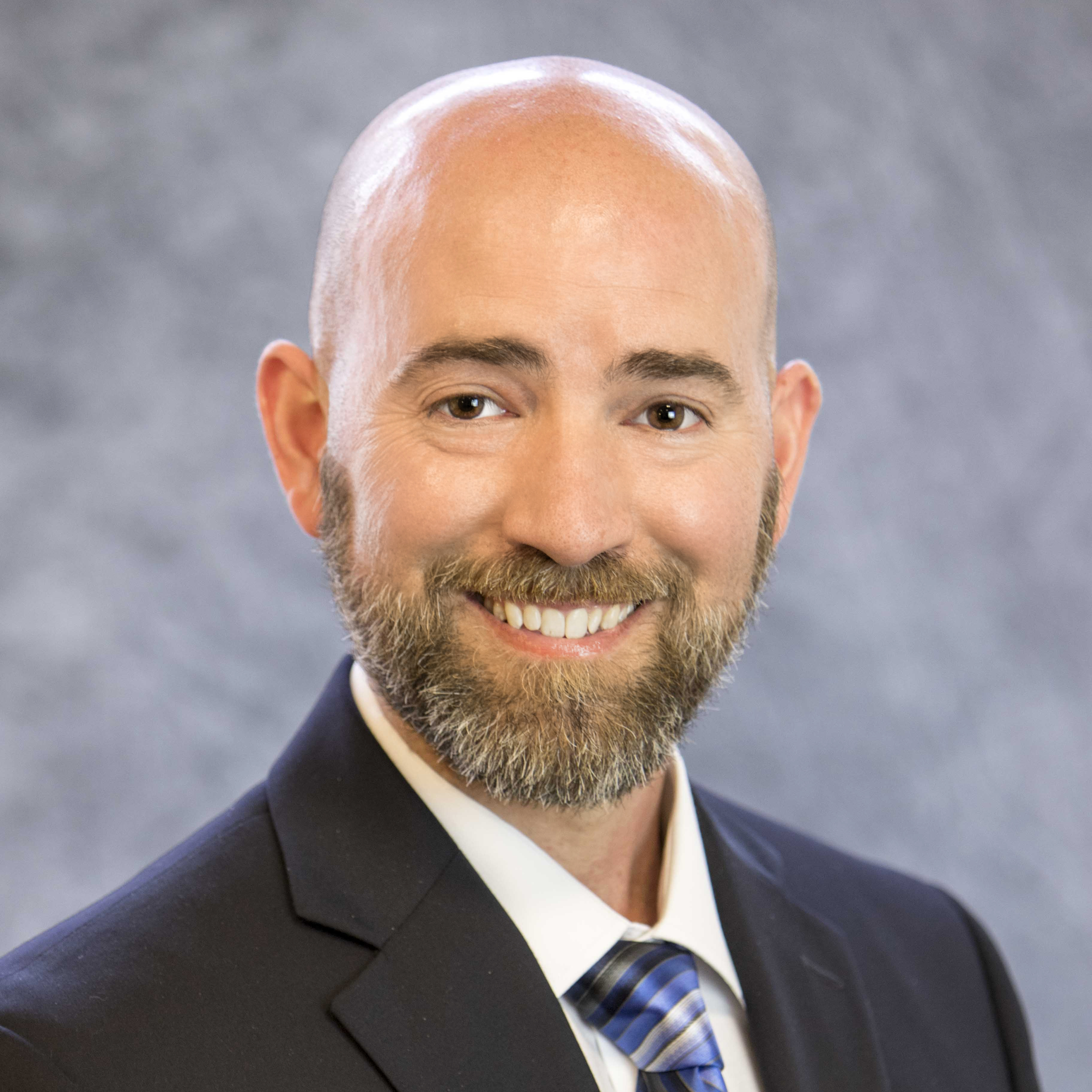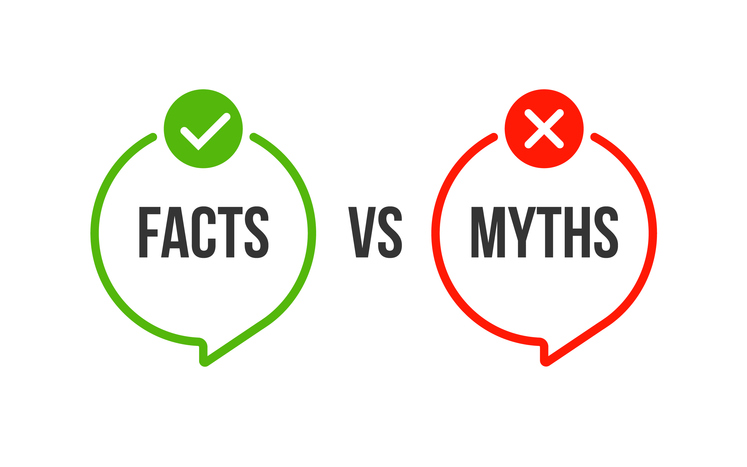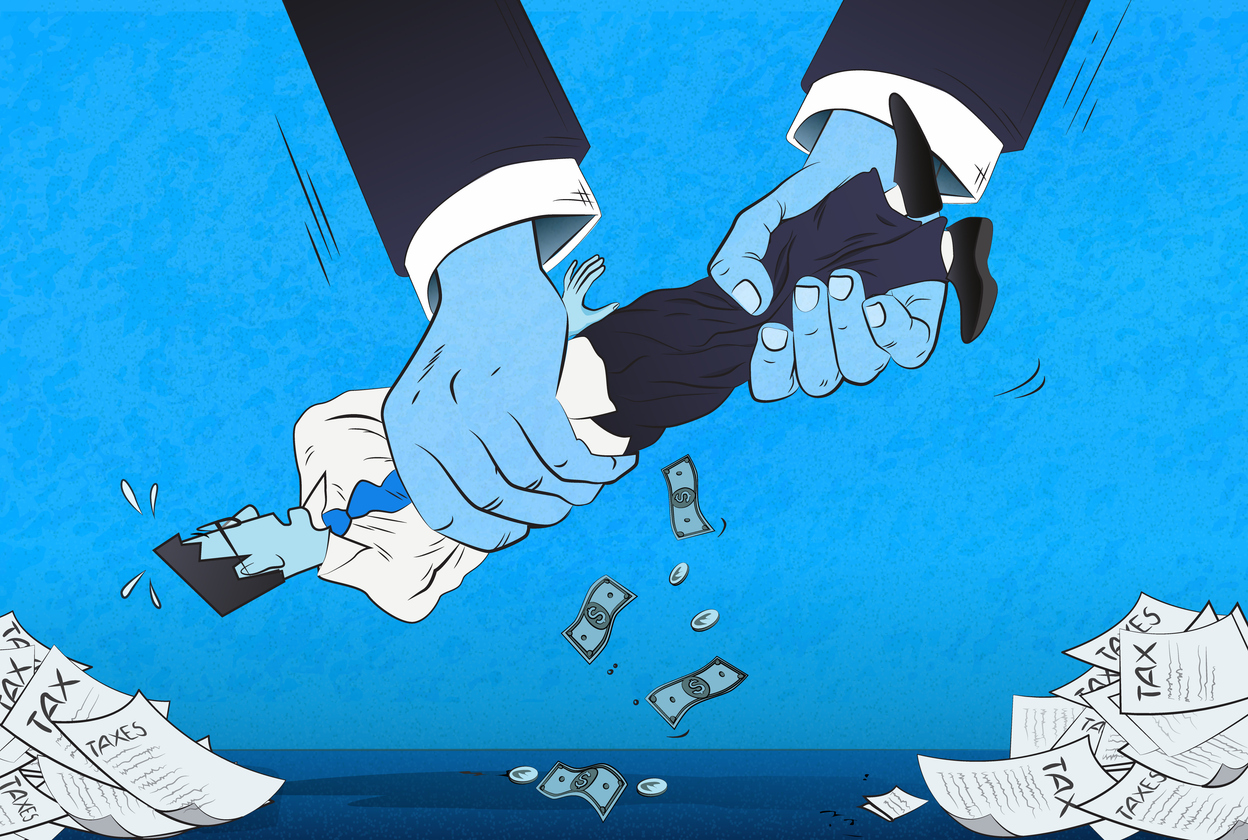On February 29, 2020, Governor Inslee issued a declaration of an emergency related to the COVID pandemic. Since then, the Governor has issued numerous emergency orders either waiving various laws and/or imposing restrictions on citizens and businesses. While most Governors across the country have already rescinded their emergency declarations (or had them automatically expire), Washingtonians will have been living under emergency governance for 900 straight days on August 17 this week. Our Governor has provided no metrics or estimates for when he will end the current COVID state of emergency in Washington.
Here are many of the Governor’s press releases during the last 900 days describing life in Washington under the emergency orders:
- March 11, 2020: “Starting today, events that takes place in King, Snohomish, and Pierce counties with more than 250 people are prohibited by the state. This order applies to gatherings for social, spiritual and recreational activities. These include but are not limited to: community, civic, public, leisure, faith-based, or sporting events; parades; concerts; festivals; conventions; fundraisers and similar activities.”
- March 13, 2020: “Inslee expanded his order to close all K-12 public and private schools. Every district throughout the state of Washington will close for the next six weeks. He also announced activity restrictions for all statewide public and private universities, colleges, community colleges and technical schools, private career schools and apprenticeship training programs.”
- March 15, 2020: “Given the explosion of COVID-19 in our state and globally, I will sign a statewide emergency proclamation tomorrow to temporarily shut down restaurants, bars and entertainment and recreational facilities . . . Additionally, all gatherings with over 50 participants are prohibited and all gatherings under 50 participants are prohibited unless previously announced criteria for public health and social distancing are met.”
- March 23, 2020: “Tonight, Gov. Jay Inslee spoke directly to Washingtonians to announce he will sign a statewide order that requires everyone in the state to stay home. The order will last for two weeks and could be extended…This proclamation will: Require every Washingtonian to stay home unless they need to pursue an essential activity. Ban all gatherings for social, spiritual and recreational purposes. Close all businesses except essential businesses.”
- March 30, 2020: “Gov. Jay Inslee announced guidance today for state and local enforcement of his recent ‘Stay Home, Stay Healthy’ order. The state has created a one-stop online form for reporting businesses potentially violating orders and is providing guidance to local law enforcement on enforcing bans on gatherings of individuals.”
- April 2, 2020: “Gov. Jay Inslee announced a month-long extension of his ‘Stay Home, Stay Healthy’ emergency order Thursday evening. The order, which banned all gatherings and temporarily shuttered non-essential businesses, will continue through May 4…Public gatherings remain banned and non-essential businesses may reopen May 5. If gatherings are held in violation of the order, individuals are encouraged to notify their local police department. Do not call 911.”
- April 29, 2020: “Gov. Jay Inslee today announced a new COVID-19 risk assessment dashboard to aid the state in gauging when and how to best lift restrictions around ‘Stay Home, Stay Healthy” in Washington. Wednesday marked 100 days since the first case of COVID-19 was confirmed in Washington state. The governor mentioned that in the coming weeks, the state will slowly start ‘turning the dial’ on several physical distancing restrictions in accordance with changing epidemiological and public health data.”
- May 4, 2020: “Some businesses could re-open as early as this week under the new COVID-19 order signed by Gov. Jay Inslee today. The state’s ‘Safe Start’ plan is a phased approach to re-opening Washington’s economy. Under the plan, smaller counties can apply for a variance from the order which would allow them to open even more businesses than allowed statewide.”
- May 8, 2020: “Gov. Jay Inslee released additional guidance today for businesses and services under Safe Start Phase 1, including the ability for retail outlets to provide curbside service, pet walking and landscaping.”
- May 12, 2020: “Gov. Jay Inslee issued guidance today for partially resuming limited in-store retail and manufacturing operations for counties granted variance under the Safe Start Phase 2 recovery plan laid out last week. Through the Washington ‘Safe Start’ plan, more businesses and activities will re-open in subsequent phases with adequate safety and health standards in place. Each phase will be at least three weeks — metrics and data will guide when the state can move from one phase to another. Through the Safe Start approach, counties with a population of less than 75,000 that have not had a new case of COVID-19 in the past three weeks can apply for a variance to move to Phase 2 of ‘Safe Start’ before other parts of the state.
- May 13, 2020: For counties granted variance to move to Phase 2, personal services may resume, effective May 13. ‘For purposes of this memorandum, 'personal services' includes cosmetologists, hairstylists, barbers, estheticians, master estheticians, manicurists, nail salon workers, electrologists, permanent makeup artists, tattoo artists, cosmetology schools, and esthetics school,’ the guidance states…Inslee also released guidance today regarding the operation of professional services, effective May 13. ‘A professional service provider is defined as an office-based occupation that typically serves a client base. This includes but is not limited to: accountants, architects, attorneys, engineers, financial advisors, information technologists, insurance agents, tax preparers, and other professional service occupations,’ the guidance states.”
- May 22, 2020: “We are making good progress as we continue to open Washington in segments. Currently, one-third of our state is now eligible to move into Phase 2. We are hard at work to determine next steps as we move closer to the May 31 expiration of my current order. As I have repeatedly said before, these are decisions that are driven by public health data and science, not the calendar. To be clear: this does not mean that we will be able to open every county in the state on June 1. Counties that continue to have large numbers of infections are not in a position to open up stores, restaurants and services safely.”
- May 29, 2020: “Gov. Jay Inslee announced today the expansion of Safe Start — Washington’s Phased Reopening plan. The expansion comes as the current Stay Home, Stay Healthy order ends midnight Sunday. The expansion moves Washington through the phased reopening on a county-by-county basis. With this new approach, counties will have more flexibility to demonstrate they can safely allow additional economic activity based on targeted metrics.”
- June 11, 2020: “Gov. Jay Inslee today issued a proclamation outlining the state's plan to possibly re-open schools in the fall for the 2020-2021 school year. The plan follows the state's Safe Start phased approach to reopening on a county-by-county basis.”
- June 18, 2020: “Gov. Jay Inslee announced updated health guidance for religious and faith-based services today as more counties move forward under Washington’s Safe Start recovery plan. Phase 3 would permit indoor capacity of 50% or 400 people, whichever is less. Health requirements for social distancing and facial coverings will remain the same as the guidance for previous phases. For services taking place in modified Phase 1 and Phase 2 counties, indoor services at 25% capacity or 200 people, whichever is less. In health guidance for services taking place in Phase 1 counties, only outdoor services are permitted, with no more than 100 attendees.”
- June 23, 2020: “Starting Friday, every Washingtonian must wear a facial covering when in a public space, as mandated by the public health order signed by Wiesman. This includes both indoor and outdoor public spaces.”
- June 27, 2020: "Phase 4 would mean a return to normal activity and we can’t do that now due to the continued rise in cases across the state," Inslee said. "We all want to get back to doing all the things we love in Washington during the summer, and fully open our economy, but we aren’t there yet. This is an evolving situation and we will continue to make decisions based on the data."
- July 23, 2020: “To combat the rising numbers, the governor and secretary are changing guidance and regulations around restaurants, bars, and fitness centers, as well as weddings and funerals. The changes will also affect family entertainment centers, movie theaters and card rooms.”
- July 28, 2020: “Gov. Jay Inslee today released an additional guidance document following last week's announcement of guidance updates in Washington's Safe Start phased reopening plan following the extension of the proclamation. The memo outlines the updates to gatherings, live entertainment, restaurants and taverns, entertainment and recreational centers, card rooms, movie theaters, and weddings and funerals and builds upon guidance released last week. Inslee today also extended the pause indefinitely on counties moving ahead in the Safe Start Washington plan.”
- November 13, 2020: “In addition to urging individuals arriving from other states or countries to self-quarantine for 14 days after arrival, the states’ travel advisories recommend individuals limit their interactions to their immediate household. The advisories define essential travel as travel for work and study, critical infrastructure support, economic services and supply chains, health, immediate medical care, and safety and security.”
- November 15, 2020: “Gov. Jay Inslee today announced a four-week statewide set of restrictions in response to the recent rapid spread of the COVID-19 virus in Washington and across the country.”
- December 10, 2020: “Gov. Jay Inslee today extended Proclamation 20-25, along with the statewide restrictions imposed on November 17, to January 4, 2021. This extension was announced at a press conference this Tuesday…Modifications to this order include prohibiting indoor singing with persons outside of your household, but permitting outdoor singing while wearing a face covering in most circumstances, including religious and faith-based services, weddings, and funerals. The proclamation also expressly exempts recovery support groups from the new restrictions.”
- January 5, 2021: “Gov. Jay Inslee today announced ‘Healthy Washington — Roadmap to Recovery,’ a COVID-19 phased recovery plan. Beginning on January 11, 2021, the state will follow a regional recovery approach with every region beginning in Phase 1.”
- February 11, 2021: “Gov. Jay Inslee announced today five new regions have met the metric requirements to progress to Phase 2 of the Healthy Washington reopening plan, starting this weekend. The West and Puget Sound regions have maintained their metric requirements to stay in Phase 2…The only region not moving to Phase 2 is the South Central region – which includes Ellensburg, Yakima, the Tri-Cities and Walla Walla. Additionally, the governor announced Thursday evening that the five regions progressing will be able to do so starting Sunday, Feb. 14. The holiday weekend provides a large portion of a restaurant's yearly revenue, and by moving up the region's reopening date will allow dining establishments to benefit.”
- March 11, 2021: “Gov. Jay Inslee today announced that Healthy Washington: Roadmap to Recovery will be transitioning from a regional approach to a county-by-county evaluation process. The governor also announced a new third phase of the Roadmap, a return for in-person spectators for professional and high school sports. Effective March 22, the entire state will enter Phase 3.”
- March 15, 2021: “Gov. Jay Inslee today signed an emergency proclamation prohibiting all public K-12 schools in Washington from failing to provide opportunities in both remote instruction and on-campus, in-person instruction. The proclamation aims to address the alarming educational inequities and mental health concerns among students as a result of prolonged remote education.”
- April 12, 2021: “Gov. Jay Inslee today announced the rollback of three counties not meeting the Phase 3 Healthy Washington metrics for reopening activities. The three counties returning to Phase 2 are: Cowlitz County, Pierce County, Whitman County.”
- May 13, 2021: “Gov. Jay Inslee today announced that the state is moving toward a statewide June 30 reopening date and that all counties in Washington will move to Phase 3 of the Healthy WA: Roadmap to Recovery reopening plan effective May 18 until June 30. The announcement comes after the governor paused phase movement for two weeks to review an emerging flattening trend in statewide COVID-19 data. As of today, the plateau observed in COVID-19 activity has become a decline…The full reopening could happen earlier than June 30 if 70% or more of Washingtonians over the age of 16 initiate vaccination. Washington has administered over six million doses of vaccine, and 56 percent of Washingtonians have initiated vaccination.”
- June 15, 2021: “Gov. Jay Inslee released a statement today on numbers used to determine when Washington state will fully reopen. ‘Many people, myself included, are eager for our state to fully reopen. I have said repeatedly we are going to do this on June 30 or when we hit 70% of people 16 and up initiating vaccinations – whichever happens first. We use age 16 and up as that population was eligible when we made the announcement.’”
- August 9, 2021: “Gov. Jay Inslee today announced a requirement for most state workers, and on-site contractors and volunteers to be vaccinated against COVID-19 as a condition of employment. State employees and workers in private health care and long-term care settings will have until October 18 to be fully vaccinated. The requirement applies to state workers, regardless of teleworking status. This applies to executive cabinet agencies, but the governor encouraged all others such as higher education, local governments, the legislative branch, other statewide elected officials and organizations in the private sector to do the same.”
- September 13, 2021: “Gov. Jay Inslee today amended the Washington Ready emergency order (Proclamation 20-25) to require facial coverings for large outdoor events with 500 or more individuals, regardless of vaccination status. The update was initially announced at a press conference last week, and is effective immediately.”
- September 27, 2021: “Gov. Jay Inslee today amended Proclamation 21-14.1 (Vaccine Requirement) to include on-site contractors who contract with the Office of the Attorney General, the Office of the Commissioner of Public Lands and the Department of Natural Resources, the Office of Insurance Commissioner, the Office of the Lieutenant Governor and the Office of Superintendent of Public Instruction. Because these agencies have already required that their employees be fully vaccinated, only their on-site contractors are added to the requirements of this proclamation.”
- March 11, 2022: “Today, Gov. Jay Inslee updated Proclamation 20-25 (Washington Ready) to rescind the face covering requirement in most places. The face covering requirement will remain in place in healthcare settings, long-term care facilities, and correctional facilities and jails. In addition, Proclamation 20-25 is also updated to protect the right of all persons to continue wearing a face covering in any setting, except that individuals may be required to remove their face coverings briefly for identification purposes or in order to comply with state or federal law.”
- July 1, 2022: “At this time, current employees are not required to have recommended boosters, though current exempt and non-represented employees will need to be boosted consistent with CDC recommendations by July 1, 2023. In addition, during 2023–2025 successor bargaining occurring this summer, the governor has directed that management pursue a policy requiring current represented employees to be up-to-date on their COVID-19 vaccination, including any boosters recommended by the CDC. The governor has also directed that agencies require all new employees to be fully up-to-date on their COVID-19 vaccination prior to starting work, including any recommended boosters. This change will take effect at the conclusion of rulemaking, sometime in the fall of 2022. This directive applies to the governor’s executive and small cabinet agencies. The governor encourages other agencies such as higher education and agencies led by separately elected officials to consider implementing similar measures.”
- August 5, 2022 (press release not posted online): “Gov. Jay Inslee has issued an updated directive regarding policies that require state employees to be vaccinated against COVID-19. The updated directive reflects feedback and recommendations from state employees and labor partners to pursue options for offering incentives for COVID-19 boosters instead of making them a requirement. The current requirement that new and current employees be fully vaccinated – meaning the individual has received all doses of the primary series – will remain in place.”
Whether or not you agree or disagree with every decision the Governor has made for the last 900 days, the fact remains these decisions with vast impact on individuals and businesses were made behind closed doors in the executive branch.
It is true that in an emergency, governors need broad powers to act fast. Legislative bodies inevitably take longer to assemble and act than a single executive, so they temporarily delegate their power to the executive in emergencies. But these powers are supposed to be transferred for a limited period of time with meaningful legislative oversight of the decisions made.
Last week, Court of Appeals Judge Bernard Veljacic (appointed by Governor Inslee) wrote this dissent in a case concerning emergency powers:
“Even so, I am not convinced that the legislature, in making the grant of authority, anticipated such a broad and lengthy imposition of emergency health measures when it first enacted chapter 43.06 RCW. It is true that our Supreme Court has recognized that the broad grant of authority ‘evidence[s] a clear intent by the legislature to delegate requisite police power to the governor in times of emergency.’ But this begs the question: ‘for how long’?
Certainly, while initial executive response to emergencies should be robust and unhindered by the burden of administrative or legislative oversight, this should not be the case over a longer period of time. Of course, in the early days of an emergency, Washingtonians would suffer if required to wait on the executive to set a legislative session, assemble the necessary quorum, and oversee a vote on a course of action. But at some point, over the long term, an emergency grows less emergent. After all, time allows for the opportunity to reflect. That same opportunity should include legislative review.
In all instances, we must be careful with such broad grants of authority. We would do well to employ a healthy skepticism of such authority upon objective consideration of who might possibly wield it at some point, or what they might deem an emergency.”
Long-lasting emergency orders should receive the input and affirmative approval of lawmakers following a public process, allowing the perfection of policies through a collaborative weighing of all the options, alternatives and tradeoffs. This is precisely why the people’s legislative branch of government exists - to deliberate and provide guidance to the executive branch on what policies should be in place and how to implement them.
There is a very simple fix the legislature should make next session to restore balance to the state’s emergency powers framework. Harmonizing the existing law so that both waiving of statute and restrictive proclamations expire after 30 days unless the legislature votes to continue should not be controversial. There is no logical reason to treat those emergency actions by the Governor differently.
Requiring affirmative legislative approval after a set point in time removes not a single tool from the Governor’s toolbox. All existing authority remains, the only change is that the closed-door policymaking is required to be justified to the people’s legislative branch of government to continue a policy (i.e., the separations of power and checks and balances envisioned and promised under our republican form of government).
The Governor should not fear being required to make the case to lawmakers why a particular emergency restriction is appropriate to continue, and the legislature should not hide from its constitutional responsibility to debate and adopt policy. At some point the executive branch should be required to receive permission from the legislative branch to continue making far-reaching policies under an emergency order.
Our system of governance is not meant to be the arbitrary rule of one behind closed doors. Judge Veljacic is correct that ‘we must be careful with such broad grants of authority.’ An emergency order should never last 900 days unless it has received affirmative authorization for continuation by the legislative branch of government. It is past time to end governance by press release and return to the normal public legislative process.
WPC August 12 interview with Brandi Kruse on emergency powers reform
(segment starts at 22:54 mark)
Additional Information
WPC emergency powers reform testimony






